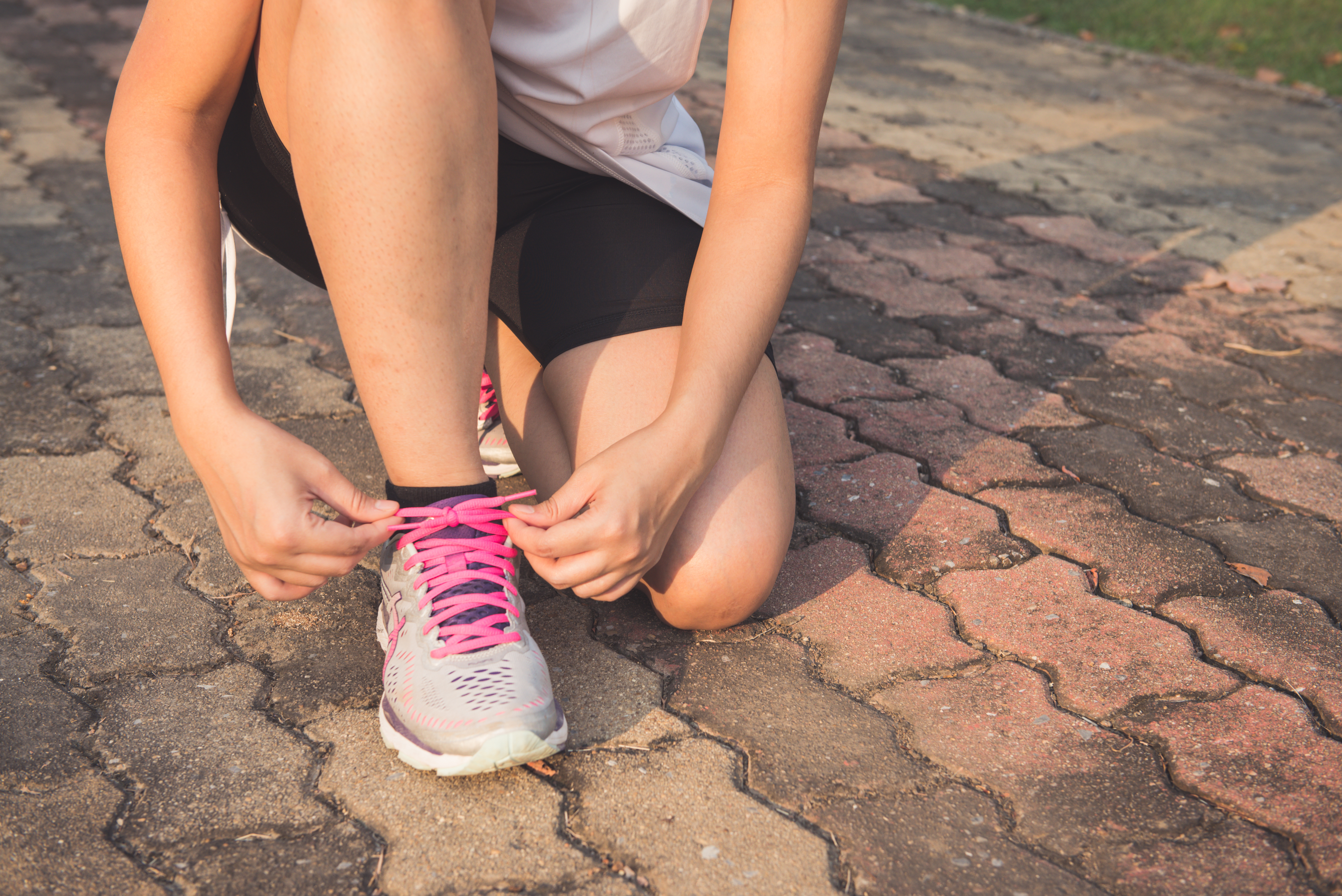
Physical activity is important to keep the body strong and flexible. This remains true for persons with disabilities too. Exercise can improve health, help stop disability from progressing and prevent secondary diseases from developing. These secondary diseases can include:
- asthma
- cancer
- diabetes
- high blood pressure
- stroke
- heart failure
If you’re not already physically active, how and where do you begin? It can be a good start to talk to your doctor about what exercise you can and cannot do, how much you should exercise, and if exercising might change the way you take any medication. If you have a physiotherapist, you can also ask them for guidance and support.
Facing challenges
Challenges PWD might face in getting more exercise might include:
- a lack of suitable equipment and facilities
- a lack of affordable home equipment
- self-consciousness
- lack of motivation
- personal and caregivers’ fear for safety e.g. fear of falling, crime or other injury
- PWD and providers’ lack of knowledge, e.g. where to go, how to adapt existing activities
- perceptions of limited time (‘I have no time to exercise’)
- limited blocks of time (‘I can only spend x minutes a day or week doing exercise’)
- existing pain
- lack of social support
- access to good nutrition
- discrimination
Some of these can be overcome with support and understanding from the people around us, as well as professional assistance. Some need a change in personal outlook. By understanding that even a little physical activity is better than none at all, it can be easier to start exercising without any hangups. After that, it’s a matter of finding the right place to go.
Finding PWD-friendly facilities
It’s important to find a place to exercise that is easy to access, with staff that are able to provide any assistance that you might need. When you’re looking, it can be helpful to consider the questions below:
- Are there steps before the entrance?
- Are there steps that separate equipment, toilets and showers, or training rooms? Are lifts available?
- Do they have automatic doors so you don’t have to struggle with opening them?
- Is all equipment located in the same space?
- What machines are wheelchair accessible?
- Is staff available to assist you as you exercise?
- Is equipment spaced out widely enough? (75-90 cm is the minimum space for wheelchairs to comfortably pass through)
- Are there disabled parking spots?
- Are there others with your disability who attend? It can be helpful to get their perspective.
- Can carers attend for no or little additional charge?
Swimming and exercise in the pool can be more comfortable for some. The water helps to bear your weight and reduce stress on joints. Questions to ask include:
- How big is the pool?
- Is the water heated? This can be an issue for those who have trouble regulating their body temperature, or are more sensitive to cold.
- Does the pool have rails on the same level as the water?
- Are there hydrotherapy pools available?
- Is there mechanical assistance to enter the pool?
- Are there disabled toilets and showers?
- What kinds of pool equipment (water wheelchairs, mats, floating aids) are available?
Exercising at home
If you don’t have a gym near you, it’s still possible to exercise in the comfort of your home. You can adapt existing exercises to the space available to you and replace equipment with household objects. For example, soft beanbags and water bottles work to replace dumbbells.
It’s not just structured exercise that counts as physical activity. If you can garden, do household chores, or commute, that counts too. You’re still moving in some way, after all!
Making exercise stick
Here are some tips on making exercise part of your life:
- Start slowly and set small goals. As you achieve them and get better, you can aim for more.
- When exercising, remember to warm up, stretch and cool down. This is so you don’t injure yourself.
- Fit physical activity into your daily routine. Even if it’s just twenty minutes at the same time every day, it still counts.
- Stop if you feel pain, and avoid activity that involves injured body parts.
- Always drink enough water to replace what you sweat out.
- Wear proper clothing. Choose something that’s comfortable, doesn’t restrict movement and lets sweat evaporate.
Exercise keeps your body and mind strong, and makes you feel better too. As long as you keep moving, the only way to go is up!
MIND resources
See our list of PWD-friendly sporting facilities
Other sports and play resources